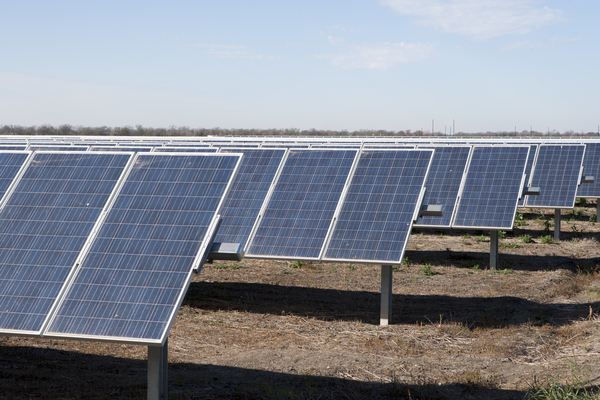
By Cyrus Reed
Tomorrow, October 1, Austin City Council is scheduled to consider two sets of contracts that would add to Austin Energy’s existing fleet of resources.
The first set of contracts appears to be supported by virtually all parties. The contract would take advantage of solar’s favorable Investment Tax Credit (ITC) and secure up to 300 MW of solar by the end of 2016 with at least two companies for sites in West Texas. Austin Energy has analyzed the contracts and believes the contracts would not raise the Power Supply Adjustment by more than one percent in the short-term, and would save money in the long-term. The Sierra Club, other environmental groups, the Electric Utility Commission (EUC), and Resource Management Commission (RMC) have all recommended that City Council approve these contracts. Even the large industrial customers represented by CCARE are on board.
A second set of contracts, for up to 350 MW of solar, has also been given to City Council for consideration, although those contracts have not been reviewed by the Electric Utility Commission or Resource Management Commission. Instead, they are the result of a City Council directive to the utility to present other contracts. The prices are slightly less favorable than the first set of contracts and Austin Energy believes that cumulatively the entire bundle of solar contracts could impact the PSA by some three percent for certain users. Still, there would be only about a one-percent rate impact overall.
The Sierra Club has released a brief white paper that recommends that City Council approve the first set of contracts and send the second set of contracts to the RMC and EUC for further analysis. Their recommendations would then come back to City Council later this month. While the prices seem not as favorable, it could be that buried within the second set of contracts are some favorable deals for Austin ratepayers that make long-term sense for all. It could be that a hybrid option emerges, more than the 300 MW that Austin Energy is recommending but less than the 600 MW that many environmental organizations and advocates are calling for right now. If Austin Energy secures less than 600 MW, the Austin Energy 2025 Generation Resource and Climate Protection Plan would still hold since it allows until 2025 to secure all 600 MW of additional utility-scale solar.